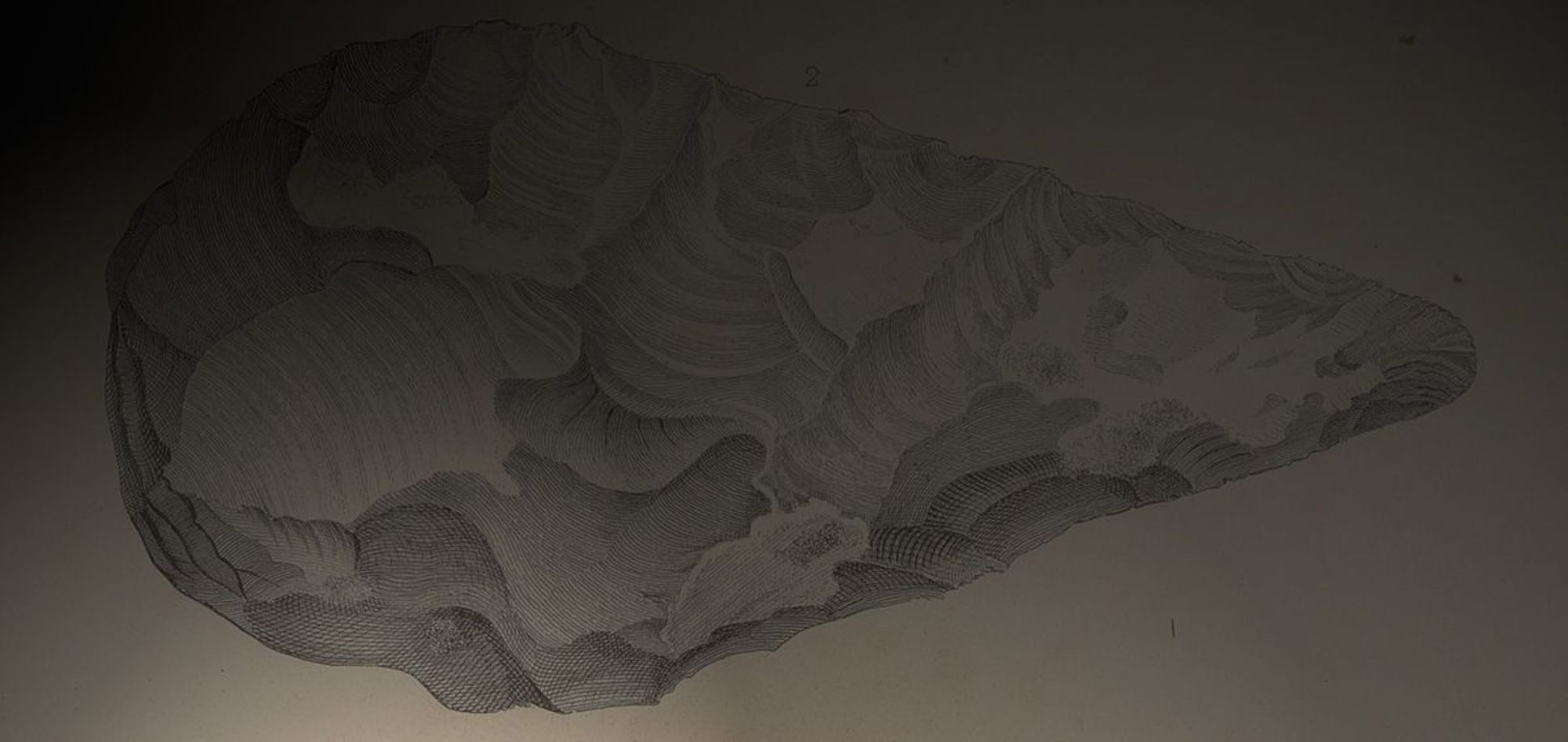
- Home
- Focus
- Periods and civilisations
- Gallic archaeology today
Since the 1990s, archaeological research into Gaul has undergone spectacular development. The rise in preventive archaeological excavations has dramatically transformed what we know about the land’s occupation during the five centuries BCE.
Densely occupied and thriving lands
We now see a rich agricultural land with varied landscapes. The countryside was littered with farms, rural domains and small towns, often economic centres. There were tall fortresses spread across the land, some on a gigantic scale and covering several hundred hectares. These oppida were political centres and centres for economic production, including handicraft, and trade. Recent excavations, such as those at Corent and Bibracte, have revealed urban habitats, linked with often monumental public places of worship. There were already real industries, reaching the scale of mass production, such as the mining of salt in Lorraine.
A new perception of Gaul and the Gauls
New research has shown that Gaul’s development took off during the 3rd century BCE. This coincided with significant changes within Gallic society, traditionally dominated by local minor aristocracy. Gaul prior to the Roman conquest was rich, prosperous and powerful, far from the image of a coarse and backward Gaul handed down to us by history.


